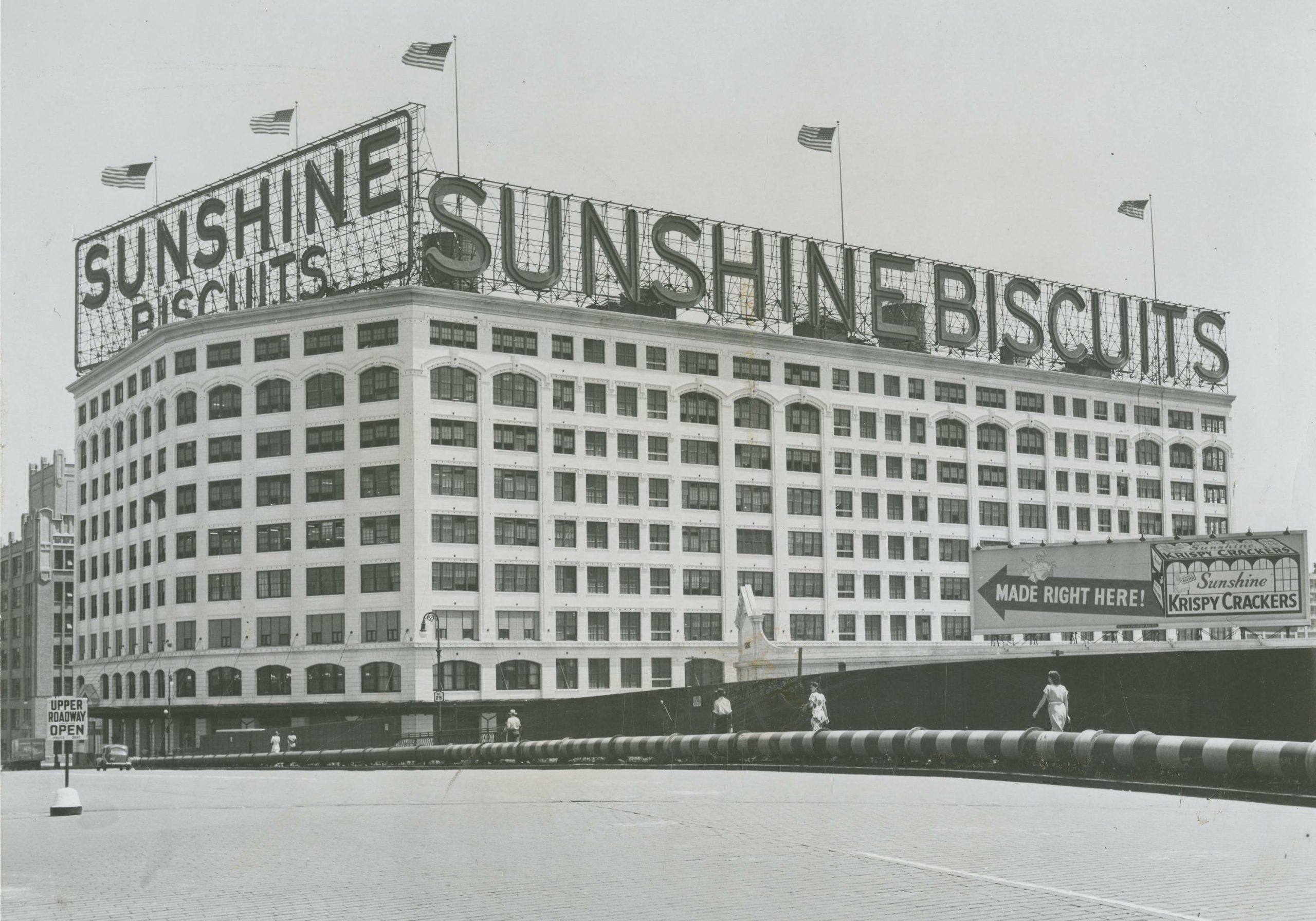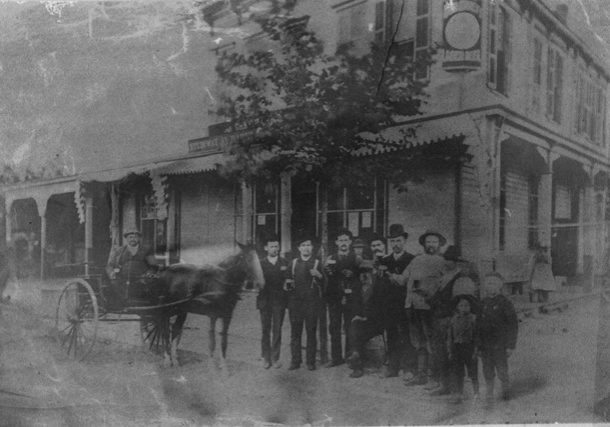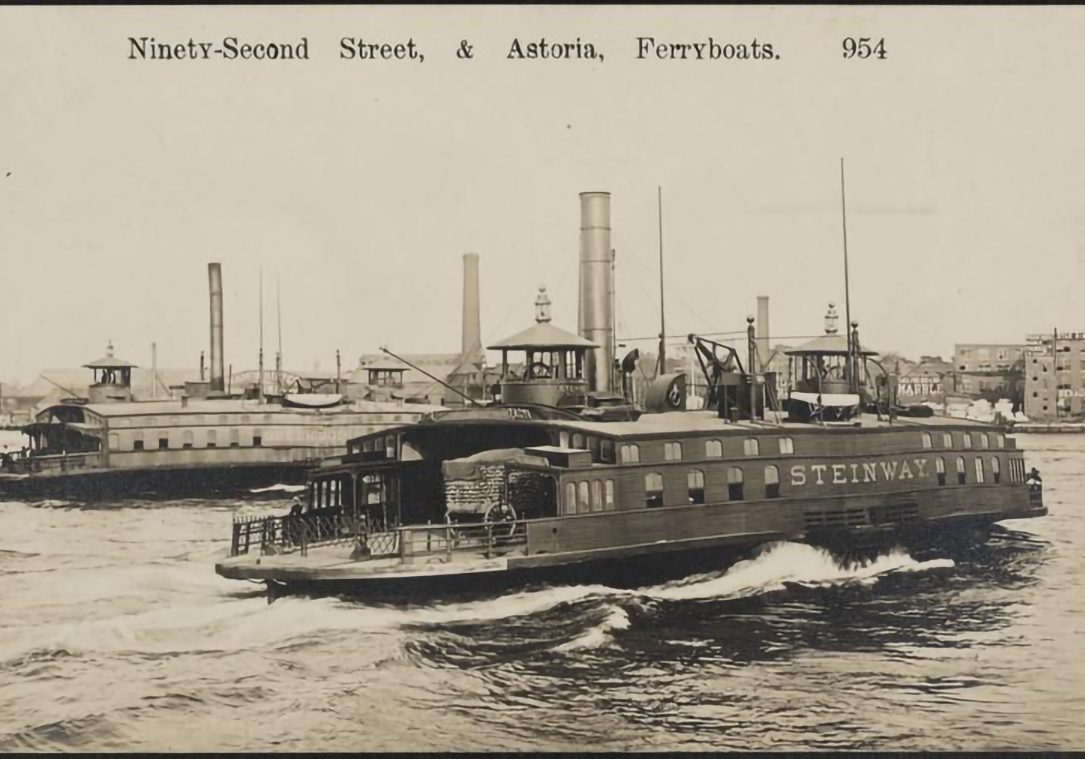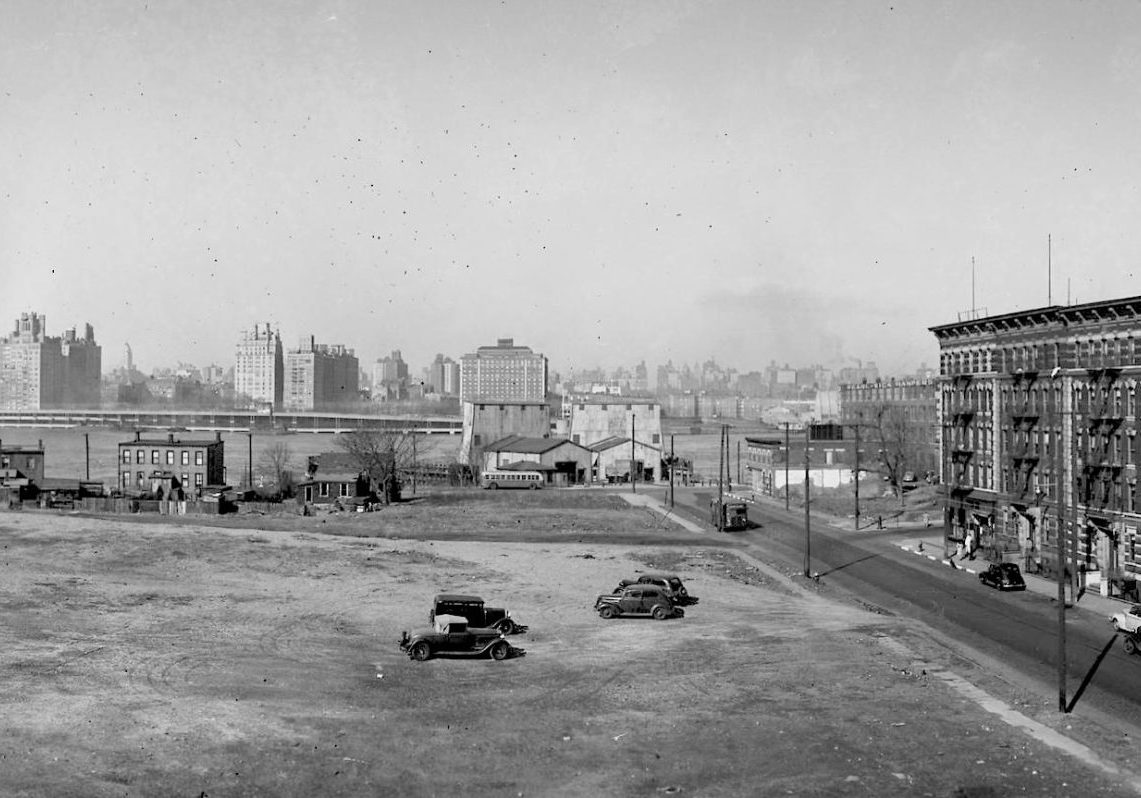When Long Island City Was a City
The name says it all.
Long Island City was created as a literal city on May 4, 1870 after part of the village of Astoria, and the hamlets of Ravenswood, Hunters Point, Blissville and Dutch Kills were all merged together. At the time of its incorporation, the newly formed Long Island City was now home to between 12,000 and 15,000 residents and even had its own mayor and the notorious ten-member Board of Alderman with two representing each of the city’s five wards.
The area had its own police and fire departments and even its own public school system. The neighborhood first got the name in 1865 when the offices of the Long Island City Daily Star newspaper opened. The name of the paper was unique as it created the title of Long Island City, as a nickname for what is technically the first town one reaches on the geographical landmass of Long Island. The area was renamed soon thereafter.
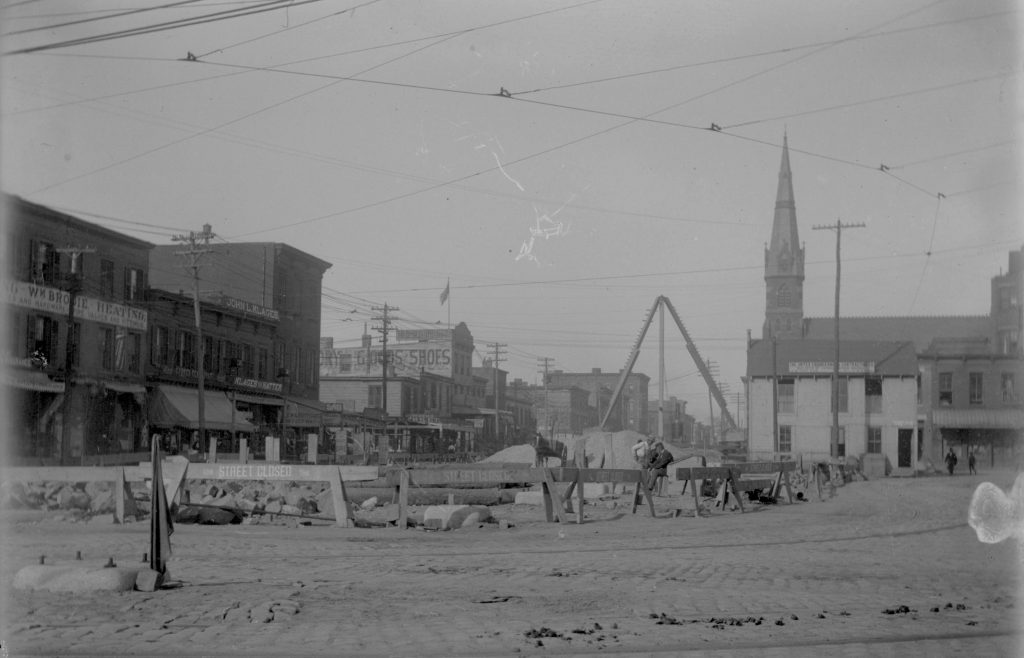
The scene shows a literal boom-town with new buildings all along Vernon Boulevard looking north toward 50th Avenue.
On the right is the steeple of St. Mary’s Church completed just a year earlier. (Courtesy Queens Historical Society)
The fair citizens of Long Island City held their first election on July 5, 1870. The vote went to Abram Ditmars (yes that Ditmars) who was elected as the first mayor. The position of mayor would always be a controversial subject in the history of LIC. In the 1880s, Mayor Henry DeBevoise nearly bankrupted the Long Island City government due to his massive embezzlement. He was arrested and convicted. LIC and Astoria became highly competitive as Astoria was the older neighborhood by 300 years, and it saw LIC as a disgruntled child that needed some tough love.
Many dissatisfied residents of Astoria circulated a petition to ask the New York State Legislature to allow it to secede from Long Island City and reincorporate as the Village of Astoria. The petition was ultimately unsuccessful.
The development of LIC was slow but moved forward nonetheless to create its own identity despite many financial obstacles. The Common Council of Long Island City in 1873 even adopted its own coat of arms! It was designed by George H. Williams, of Ravenswood. The overall composition was inspired by New York City’s coat of arms. The shield featured an American Bald Eagle along with Native American, Dutch, and English symbols.
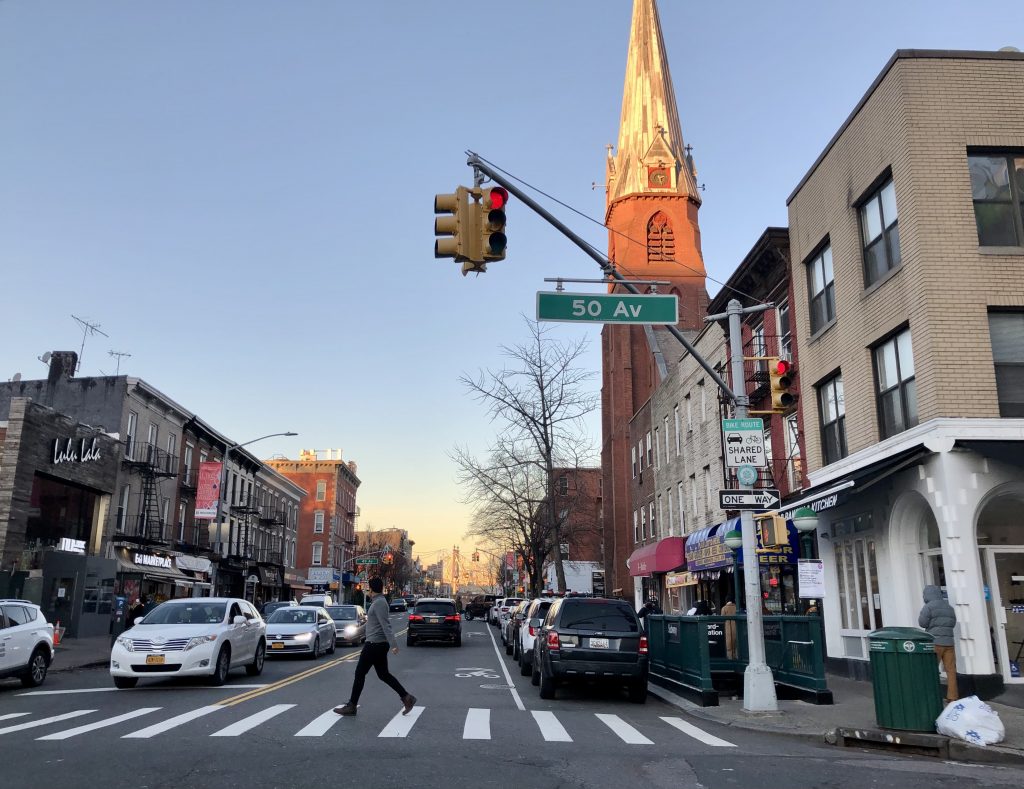
Long Island City continued to exist as an incorporated city until the end of 1897. The last mayor of Long Island City was an Irish – American named Patrick Jerome “Battle-Axe” Gleason. The nickname name originated when, in 1890, Gleason led a group of LIC policemen, armed with axes, to cut down a crossing gate erected by the Long Island Railroad who were at odds with the LIC government. Mayor Gleason was known for his wild temper. He even spent five days in jail for beating up a reporter and kicking his teeth out.
Political corruption was so severe that it caused LIC to struggle in all areas of development. Construction, the installation of a sewer system, the implementation of electric public street lighting and paying the salaries of public employees were all impacted by the rampant theft of local taxpayer money.
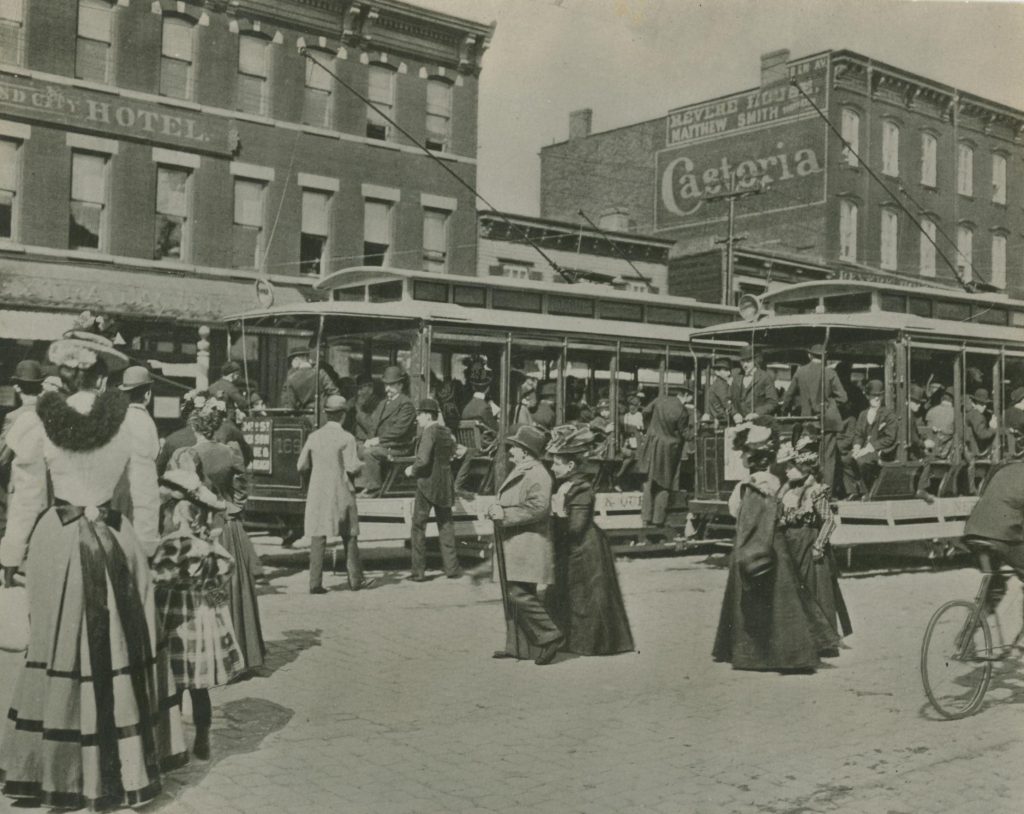
The foot of Borden Avenue was where the Manhattan bound 34th Street ferry
and the Long Island Rail Road were located.
Photo taken in 1898, the year Queens became part of greater New York City. (Courtesy Queens Historical Society)
December 31, 1897, marked the end of Long Island City’s reign as an actual city. After many months had passed with police and teachers not being paid, the citizens of the city decided with the rest of Queens County, Kings County (Brooklyn) and Richmond County (Staten Island) to join The Bronx and Manhattan in what was known as, “The Great Consolidation”. At midnight, a new metropolis would emerge, and Long Island City would cease to exist as an independent city.
Just before midnight as the politicians and public servants yelled and screamed in the town hall as the final laws were being voted on, it was soon to be ex-mayor Battle-Ax Gleason who stood up and exclaimed, “I heartily congratulate the people of Long Island City that the Board of Alderman will soon be a thing of the past and that our financial affairs will be under the control and supervision of an honest and capable public officer under the new city government!”










